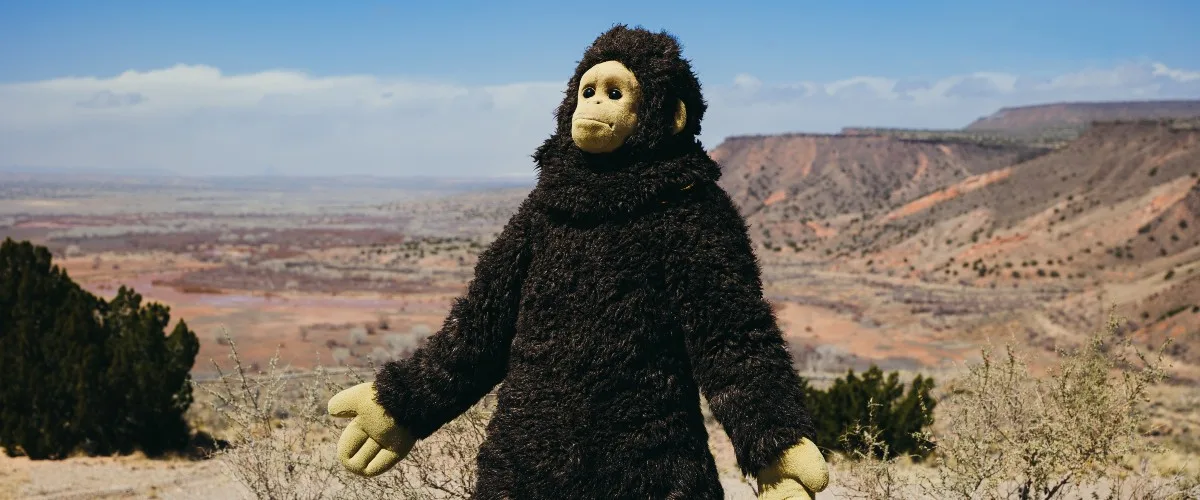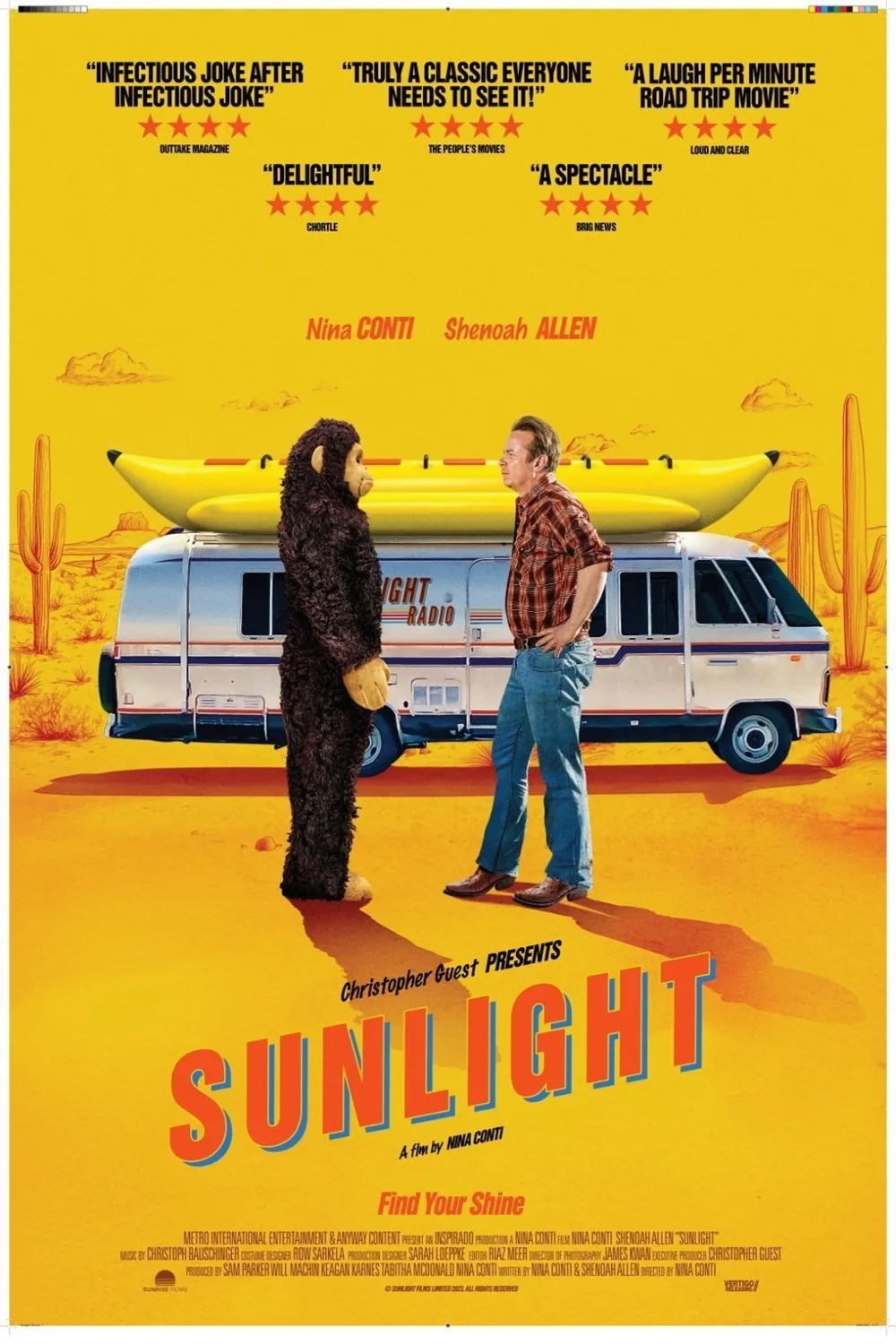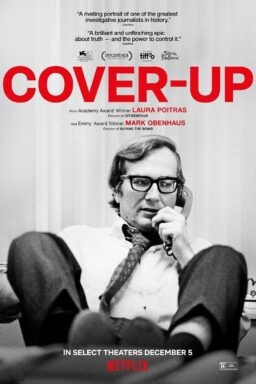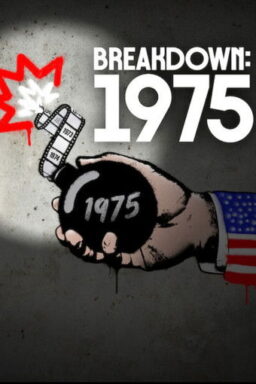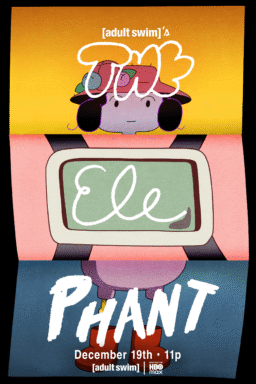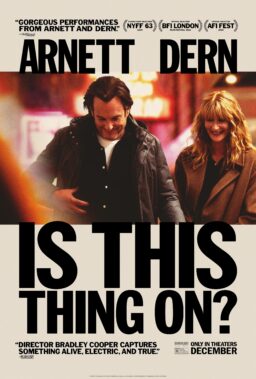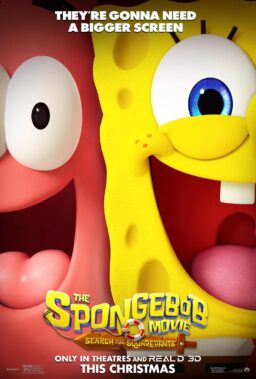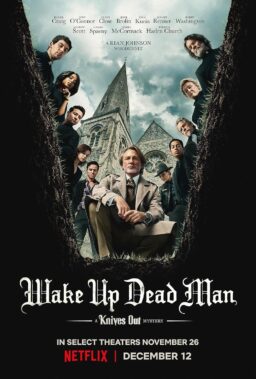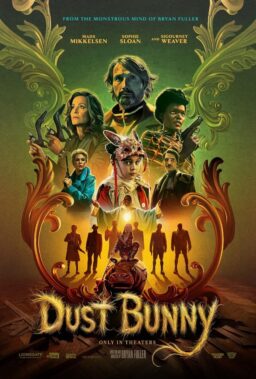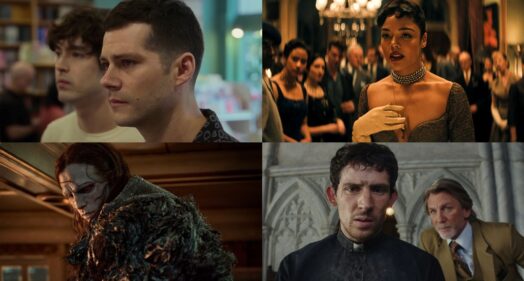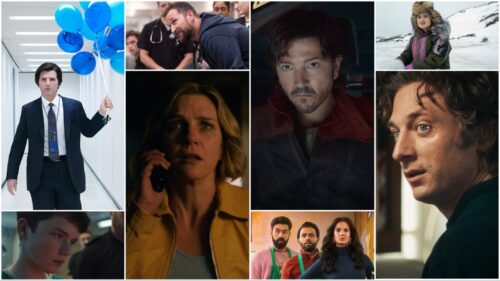Nina Conti’s delightfully crude and disarmingly heartwarming directorial debut, “Sunlight,” adds an intriguing hook to the two-wayward-souls-on-a-road-trip subgenre. Conti, a comedian and ventriloquist, plays a woman who faces life’s trials and tribulations by dressing up in a full-sized monkey costume, which–in the style of Judge Dredd–she refuses to take off.
It’s the type of bananas premise begging for a barrel of monkey-related headlines about its silliness. Yet while “Sunlight” could have had its novel set-up beaten out of it through in-universe jokes that reference its own absurdity, Conti and co-writer Shenoah Allen, who also stars in the film, have opted for something more genuine.
The film never loses sight of the humanity beneath its quirky, furry exterior, and Allen and Conti have devised a script by way of another movie with a primate protagonist, “Better Man.” Both films acknowledge their simian gimmick at the start of the film. Still, rather than making it the endpoint, they instead use its eccentricities to celebrate the grace of a stranger’s kindness and ponder the ways our solace in personas often leads to demonizing our true selves.
When we first meet Conti’s character, she has just saved Roy (Allen), a host for a New Mexico radio station, who tried to hang himself. When Roy awakens, he finds himself in the passenger’s seat of his van, and Conti’s character has taken control of the wheel. The woman inside the Monkey costume is named Jane, although, for all intents and purposes, the Monkey treats Jane as a separate person altogether (“The bitch in here” as the Monkey affectionately refers to her). Jane has put on the monkey costume as a way to disassociate from her struggles, while the “real” her remains trapped in a shaggy exterior.
As the Monkey, Jane explains that she’s en route to Colorado to conduct a business meeting so she can start her own banana boat business. Unexpectedly given a new chance at life, Roy agrees to accompany her, first wanting to go to his gravesite to dig up his father’s gold watch so he can sell it and make peace with his passing. “[With] people that you hate in life…Tell them to fuck off while they’re alive. Because you don’t get that chance again. And you’ll regret it forever,” Roy shares, in one of the film’s many moments of dark humor. The two are pursued by Jane’s stepfather, Wade (Bill Wise), the owner of Jane’s monkey costume, who is determined to get it (and her) back.
Conti and Allen share a history of performing at the same comedy clubs, and their blithely honest dynamic is the film’s highlight. Conti distinguishes the Monkey’s boisterousness from Jane’s weakness, and it’s a particular delight to see Allen’s Roy develop throughout the film; every time Roy speaks, it’s as if he’s learning what it means to come home to himself in real time.
Inorganic dialogue can often destabilize a film; in a real conversation, people go on tangents and respond to things that were spoken three beats earlier. These conversations are filled with that vivacious tempo that can only come from an innate comfort with the other. Take a scene where, after Roy shares how the banality of his job was one of the factors that drove him to suicide, the Monkey begins to make a song about all the various holes in the human body. Roy soon joins the two, crafting a melody that’s as crude as it is catchy; if that whole moment was improvised, I would have believed it.
It’s hard to keep track of all the humorous lines and while I could have been content with a film that let these characters yap the whole way to Colorado and to Roy’s father’s grave site, I’m equally struck by what Conti chooses to do with the silences (or at least dialogue-free moments) in the film. In one bewitching scene, Roy and the Monkey drive in silence at night through the New Mexico landscape. Cinematographer James Kwan opts to zoom the camera out to a birds-eye view, which is a jolting shift from the close-up angles that characterized most of the film prior.
While Roy’s car gets smaller and smaller, Radiohead’s “Weird Fishes / Arpeggi” plays. For a film that focuses so much on the layers we put on to mask ourselves from others, and the beauty of when we can shed those covers in the presence of someone who understands us, the use of this song, which itself glides between adds and subtracting multiple elements on a core melody, is not only thematically appropriate but affectionately snug. It’s one of many moments where “Sunlight” allows viewers, like the characters, to take a grace note of rest from life’s relentless pace.
Another key element of what makes “Sunlight” shine is the way the film skillfully navigates its emotional landscape. There’s a fine line between sincerity and sappiness, and Conti and Allen’s script anchors the film’s potentially clichéd moments by spotlighting how life’s messiness invades our purest intentions. In one touching scene, Roy prepares a space for the Monkey to sleep in his van after a stressful day. When the Monkey tries to sleep, it remarks how the bed is broken and if Roy has any more Xanax to help induce slumber. Another film might have ruminated on this touching moment between the characters, but “Sunlight” subversively chooses to focus on the logistics and awkwardness of candor, which makes it all the more relatable.
In his book Reaching Out: The Three Movements of the Spiritual Life, Dutch priest and theologian Henri Nouwen recalls something a professor told him: “I have always been complaining that my work was constantly interrupted until I slowly discovered that my interruptions were my work.” “Sunlight” speaks to the divine power of interruptive connection, where two lost souls, who weren’t expecting to meet, can find the hope to start again by hearing each other’s woes. Roy and Jane had different plans for their lives, but upon meeting each other, they discover that the scripts and paths for their stories have changed, and that the hope of renewal is just one conversation away. It’s not a message that’s strikingly new, but what it may lack in novelty, it gains through the sincerity of its devotion —a reminder that in this life, we take on tragedy with humor and humor with tragedy.

